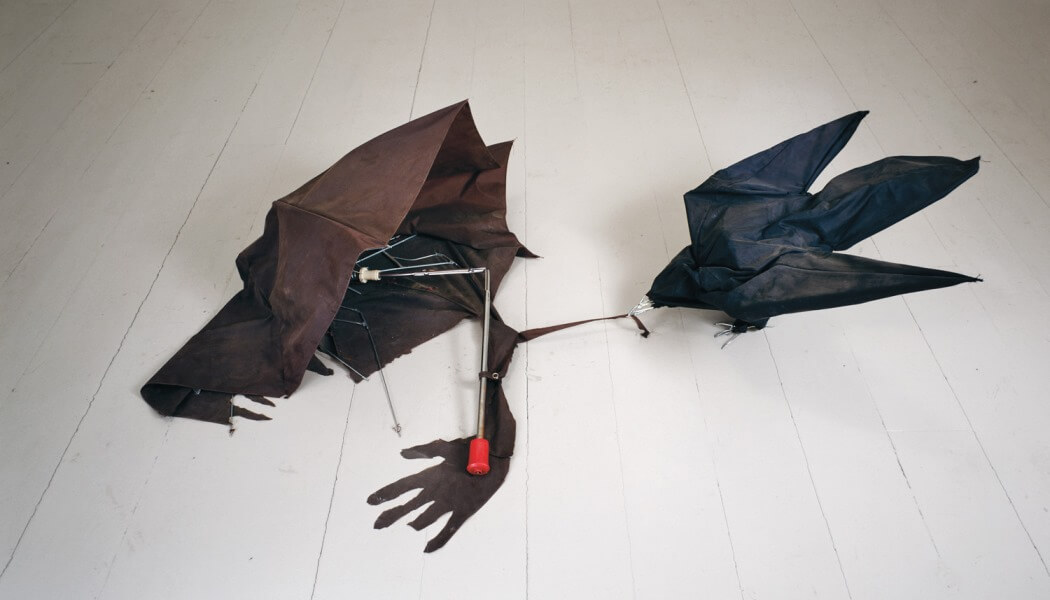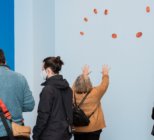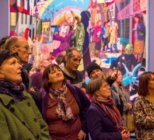In an era where the digital and virtual worlds jostle with the reality of the physical world, Towner Art Gallery is designing an exhibition that is a ‘playful and immersive celebration of the physicality of the object in our digital age’ across its first floor gallery and into the public areas beyond.
The Everyday and Extraordinary looks at the object as material, inspiration and subject in sculpture, painting, print, photography and animation.
The exhibition draws inspiration from the 19th century poet Comte de Lautréamont whose descriptions of extraordinary juxtapositions of unrelated imagery had a major influence on Surrealism, the work of Marcel Duchamp, who later designated the found object as ‘ready-made’ art in 1913, and Andy Warhol who ‘democratised art through popular culture’. These concepts, curators say, all unite in Philip Core’s painting The Chance Meeting on an Operating Table of a Sewing Machine and an Umbrella: Andy Warhol and Marcel Duchamp (1978), providing the context for The Everyday and Extraordinary.
“Being an Arts Council Collection National Partner has provided us with such a valuable opportunity to work in collaboration with the other organisations in the scheme, with their collections and associated artists,” said Sara Cooper, Head of Collections at Towner Art Gallery. “For The Everyday and Extraordinary we have worked together with Birmingham Museum and Art Gallery, curatorially and with our learning teams to devise an exhibition and associated programme that is both fun and thought-provoking, and that resonates with both organisations.”
On their way upstairs to the first floor, visitors are confronted with Preserve (Chateau), Anya Gallacio’s exploration of decay, temporality and aesthetics in which 100 red gerbera flowers pressed between the wall and a sheet of glass slowly decay during the exhibition. Also situated on the stairwell is Five Heads by Jean-Luc Vilmouth, in which eyeholes are cut into a bucket, a scoop, a jug, a plasterer’s float and a dustpan, transforming them into humorous and mysterious masklike sculptures.
In Tony Cragg’s New Stones, Newton’s Tones a shimmering rainbow-toned floor artwork is created from everyday objects collected by Cragg in just a few hours in May 1978. Bill Woodrow’s Crow and Carrion (1981), features a crow that was once a folding black umbrella, pecking at an arm and hand formed from another. Yoko Ono’s anti-war beliefs are revealed in her sculpture All White Chess Set, which lacking black pieces, suggests that players have to work together to continue the game.

The Everyday and Extraordinary is a touring exhibition conceived by Birmingham Museums Trust, in partnership with Towner Art Gallery as part of the Arts Council Collection National Partners Programme 2016-19.
It is the sixth exhibition selected by Towner from the Arts Council Collection, following At Altitude; We stared at the Moon from the centre of the Sun curated by Haroon Mirza; A Green and Pleasant Land; Now, Today, Tomorrow and Always; A Certain Kind of Light, and the presentation of the Arts Council Collection’s own touring exhibition, One Day Something Happens.
The Everyday and Extraordinary runs from 29 September 2018 – 6 January 2019











